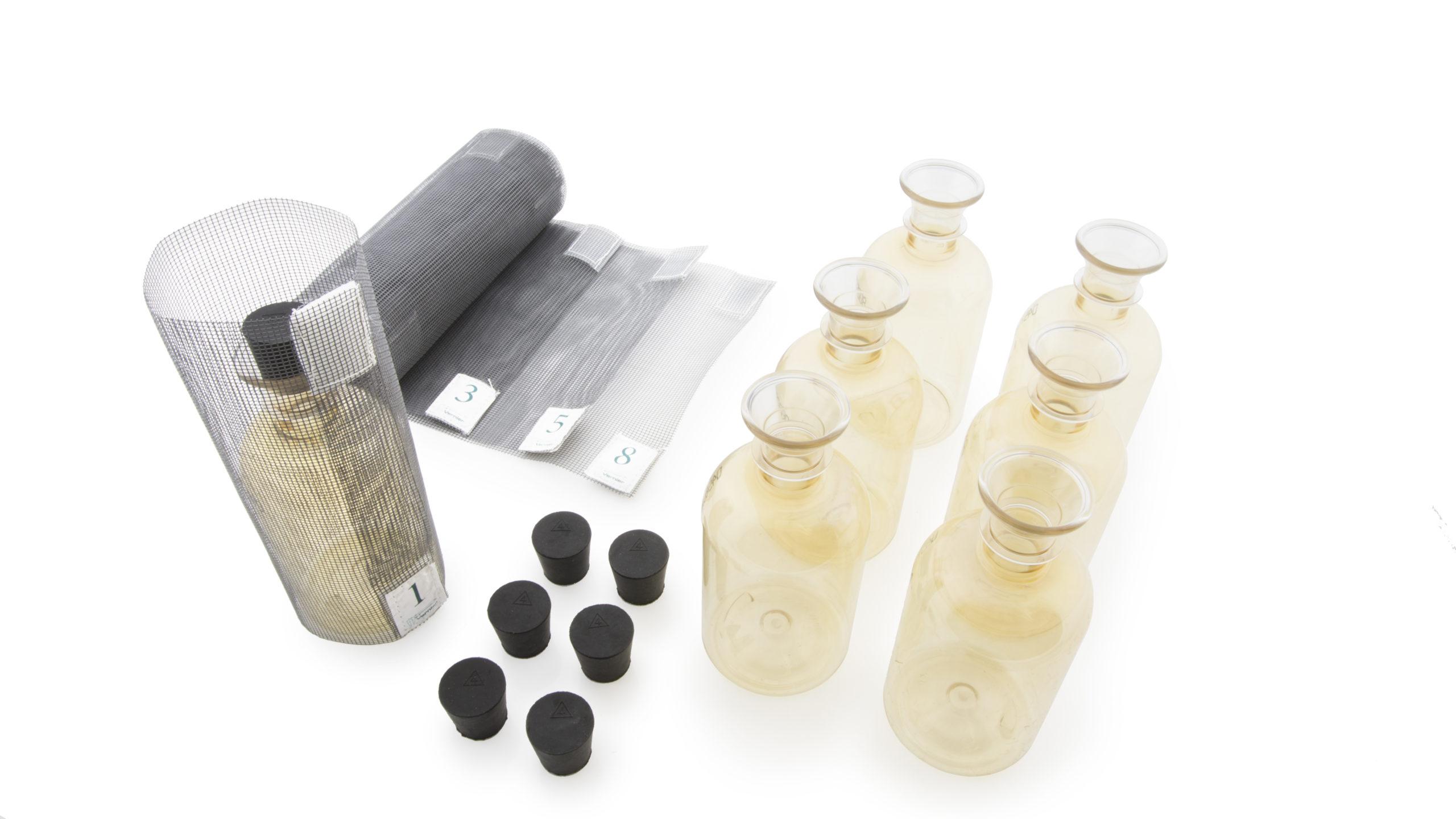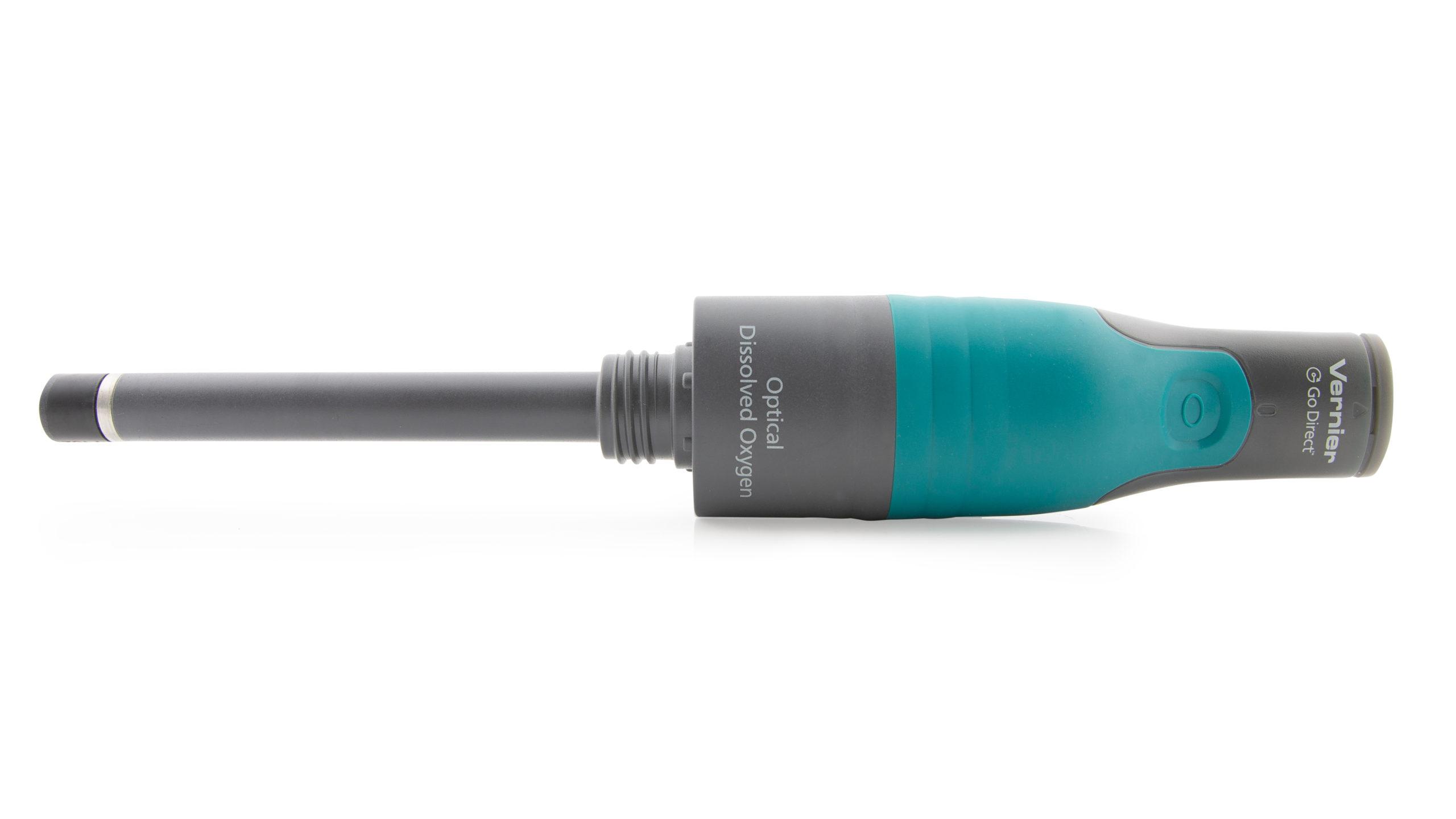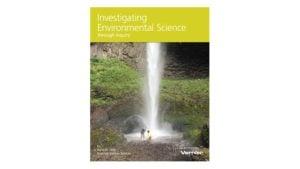Primary Productivity
Experiment #23 from Investigating Environmental Science through Inquiry
- Subject
- Environmental Science
Introduction
Oxygen is vital to life. In the atmosphere, oxygen comprises over 20% of the available gases. In aquatic ecosystems, however, oxygen is scarce. To be useful to aquatic organisms, oxygen must be in the form of molecular oxygen, O2. The concentration of oxygen in water can be affected by many physical and biological factors. Respiration by plants and animals reduces oxygen concentrations, while the photosynthetic activity of plants increases it. In photosynthesis, carbon is assimilated into the biosphere and oxygen is made available, as follows:
The rate of assimilation of carbon in water depends on the type and quantity of plants within the water. Primary productivity is the measure of this rate of carbon assimilation. As the above equation indicates, the production of oxygen can be used to monitor the primary productivity of an aquatic ecosystem. A measure of oxygen production over time provides a means of calculating the amount of carbon that has been bound in organic compounds during that period of time. Primary productivity can also be measured by determining the rate of carbon dioxide utilization or the rate of formation of organic compounds.
Objectives
In the Preliminary Activity, you will gain experience using a Dissolved Oxygen Probe as you measure the DO level of a water sample provided by your teacher. You will also learn how to calculate respiration rate, gross productivity, and net productivity.
After completing the Preliminary Activity, you will first use reference sources to find out more about primary productivity before you choose and investigate a researchable question dealing with primary productivity.
Sensors and Equipment
This experiment features the following sensors and equipment. Additional equipment may be required.
Ready to Experiment?
Ask an Expert
Get answers to your questions about how to teach this experiment with our support team.
- Call toll-free: 888-837-6437
- Chat with Us
- Email support@vernier.com
Purchase the Lab Book
This experiment is #23 of Investigating Environmental Science through Inquiry. The experiment in the book includes student instructions as well as instructor information for set up, helpful hints, and sample graphs and data.




